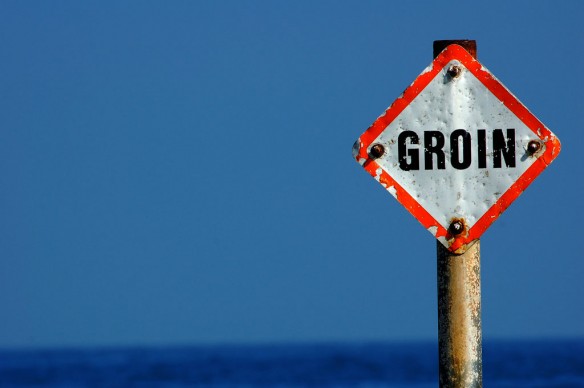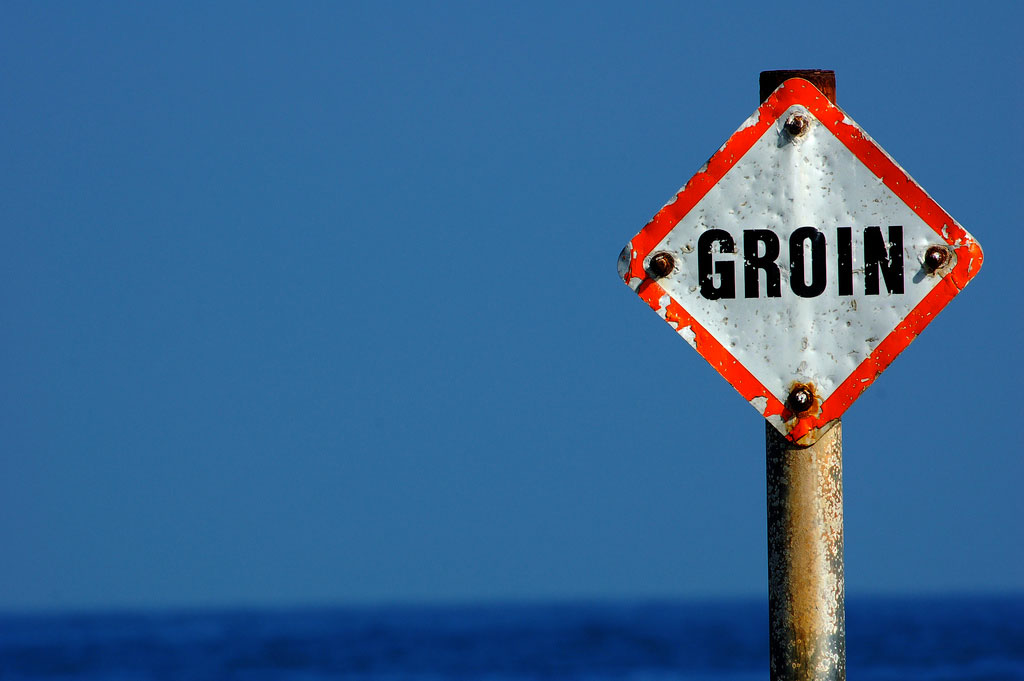
Photo source: ©© Matt Knoth
“Terminal groins are shore-perpendicular structures built in attempt to slow erosion. When a groin works as intended, sand moving along the beach in the so-called downdrift direction is trapped on the updrift side of the groin, causing a sand deficit and increasing erosion rates on the downdrift side. This well-documented and unquestioned impact is widely cited in the engineering and geologic literature.” —Rob Young, Director of the Program for the Study of Developed Shorelines (PSDS) at Western Carolina University
Excerpts;
Groins don’t really work. They stop or slow erosion in the immediate vicinity, but worsen erosion farther down the beach by halting the natural flow of sand.
Beach sand migrates, especially as ocean levels rise. Trying to stop its natural course is like old King Canute trying to keep the tide from coming in. It’s folly — potentially expensive folly…
The Negative Impacts Of Groins, (02-12-2009)
The negative impact of groins on downdrift shorelines is well understood. When a groin works as intended, sand moving along the beach in the so-called downdrift direction is trapped on the updrift side of the groin, causing a sand deficit and increasing erosion rates on the downdrift side. This well-documented and unquestioned impact is widely cited in the engineering and geologic literature.
A Fiscal Analysis of Shifting Inlets and Terminal Groins in North Carolina, By Rob Young Director of the Program for the Study of Developed Shorelines at Western Carolina University (01-28-2011)
The debate about terminal groins, shore-perpendicular structures built at inlets in attempt to slow erosion, is worth keeping an eye on, whether you live in western North Carolina or in a coastal community, because it could cost you and our state a pretty penny…









